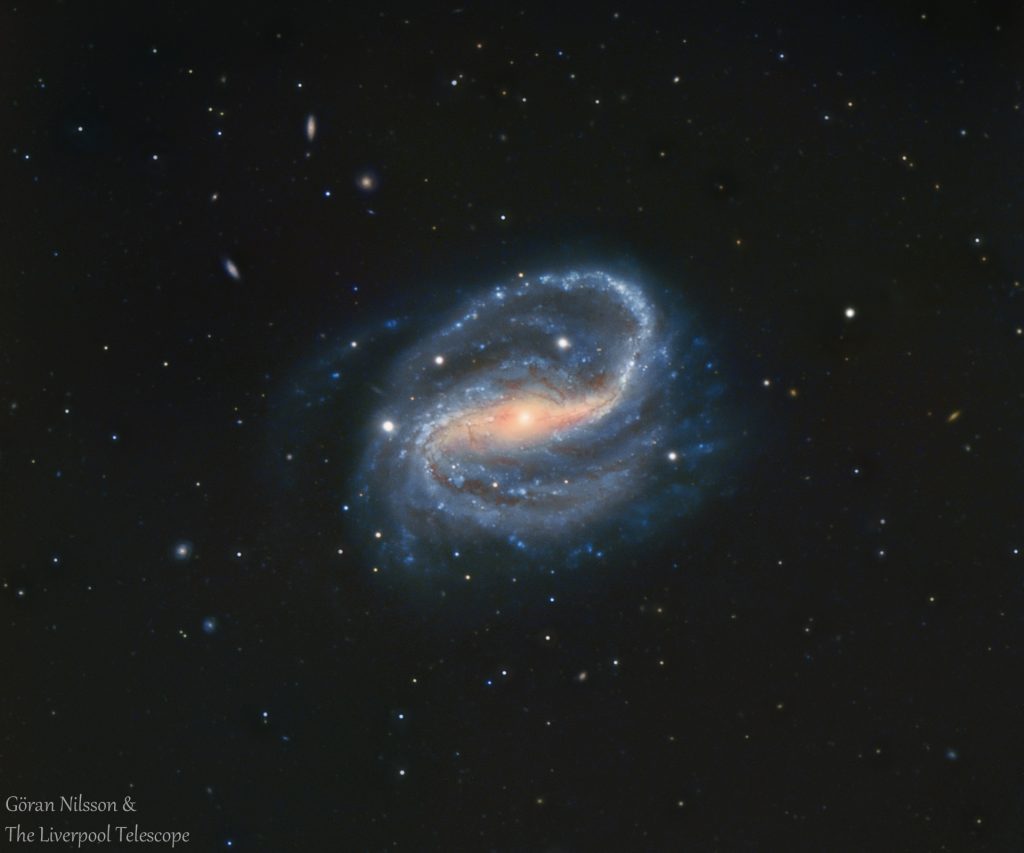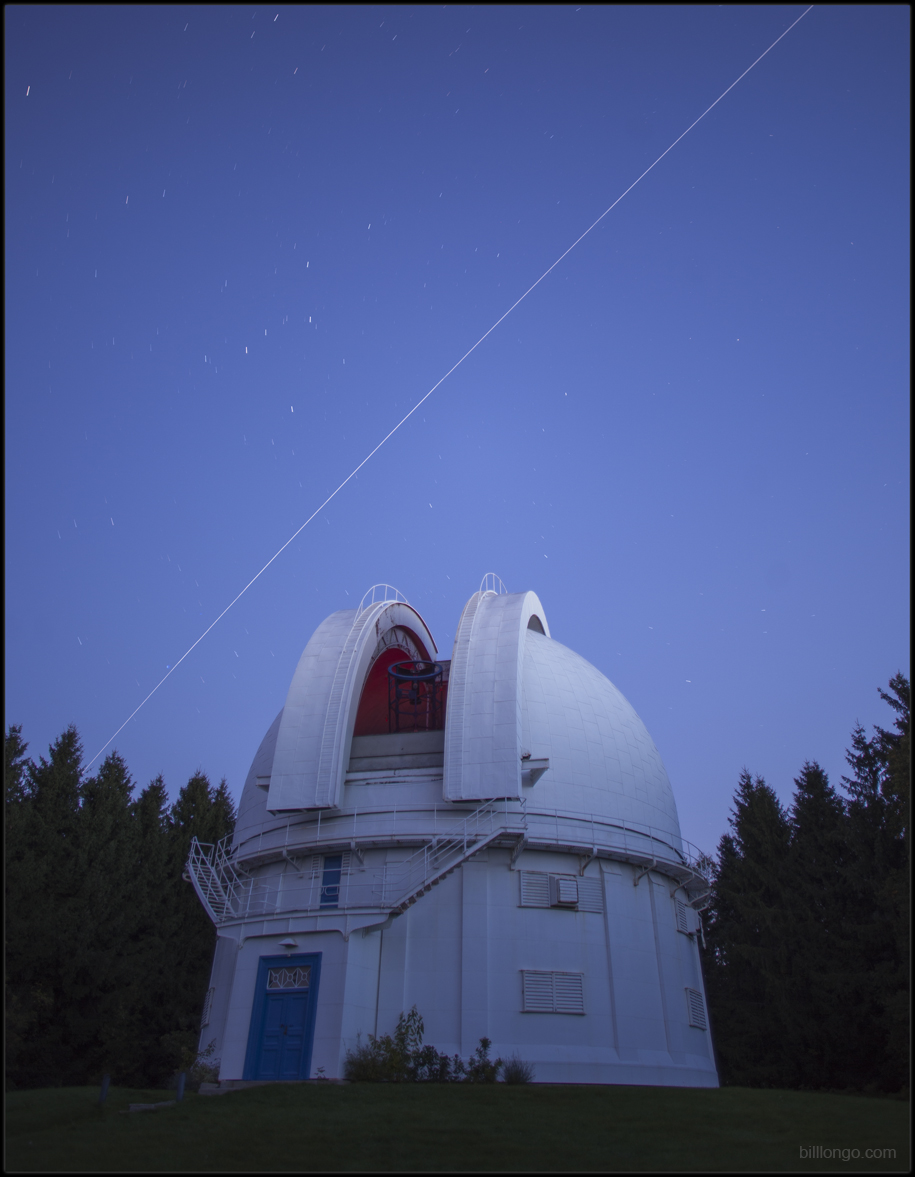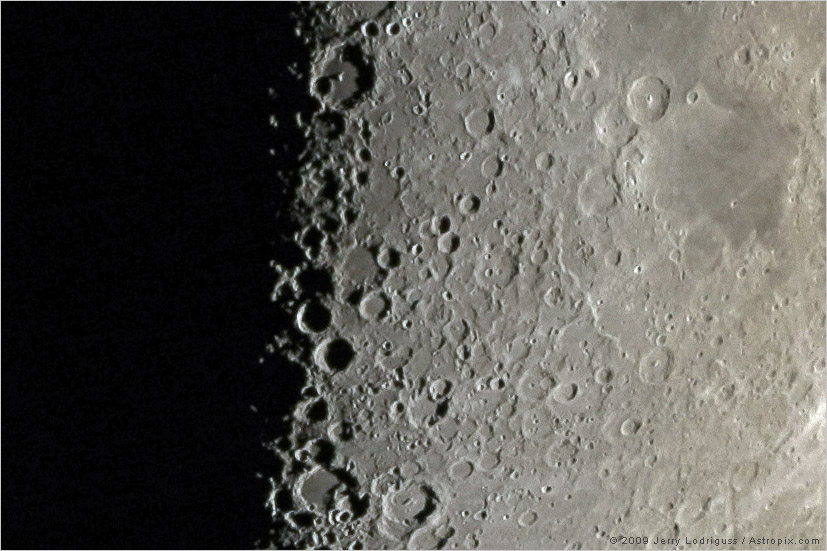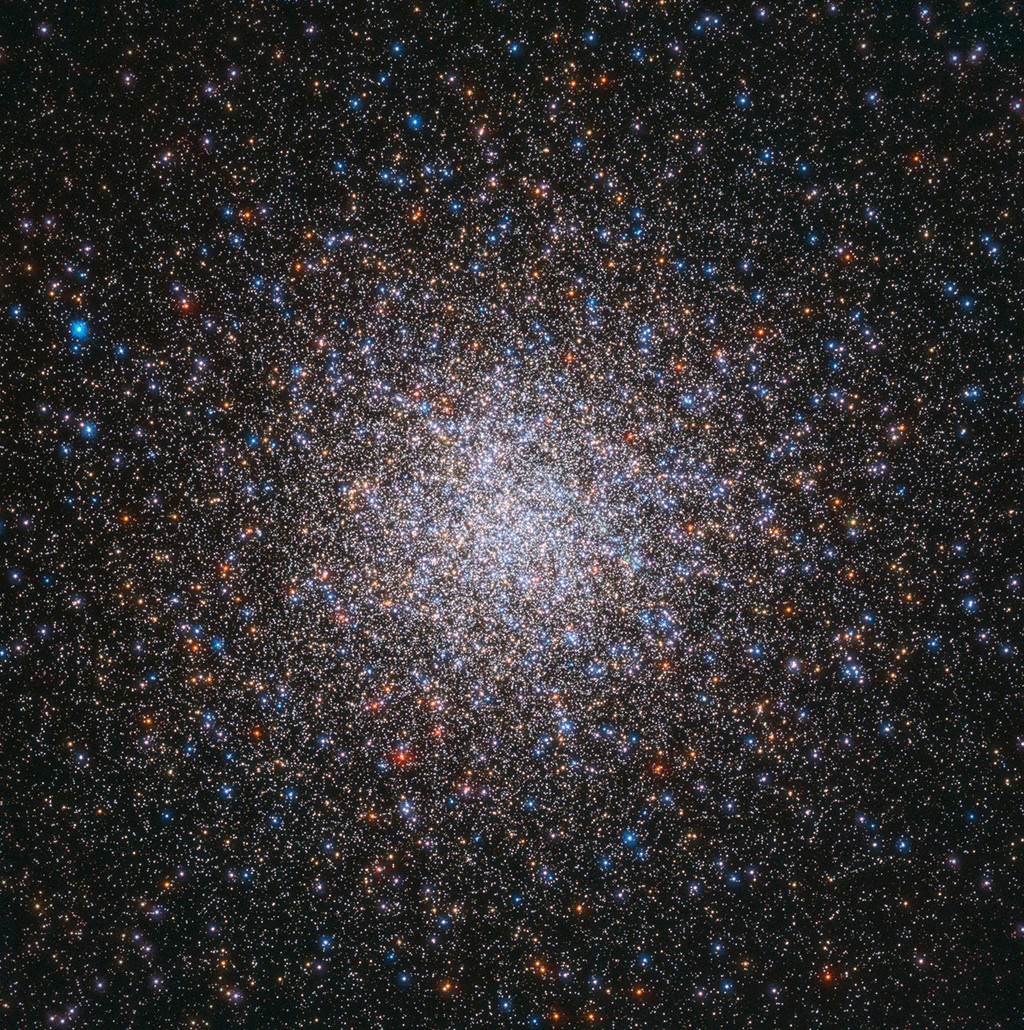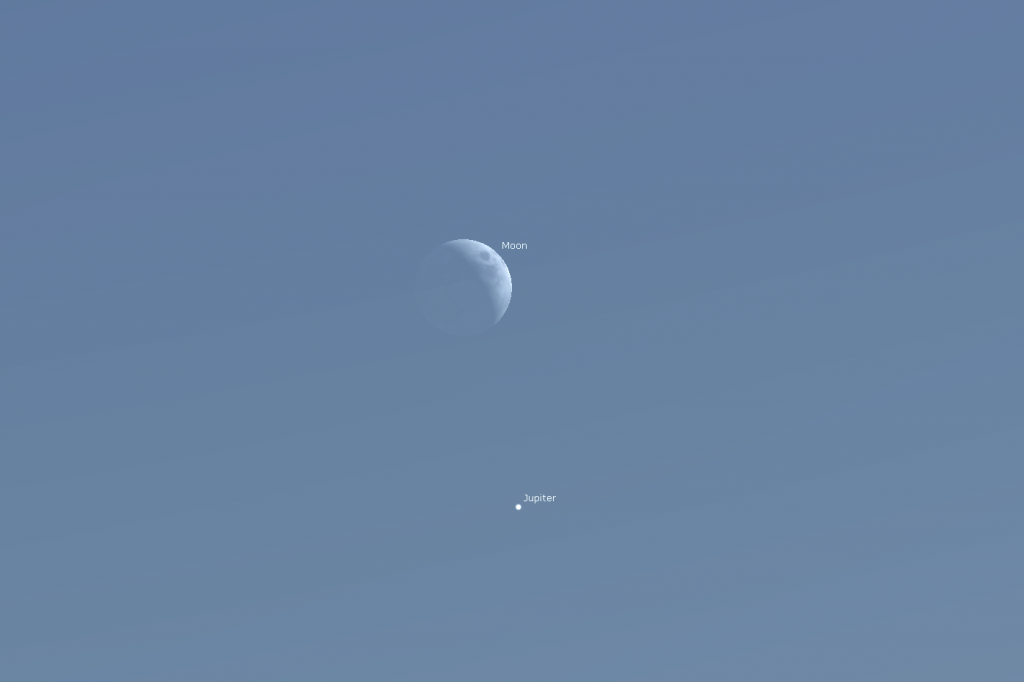The Bright Moon Touches Taurus’ Horn’s Tip, then Dips a Toe into Earth’s Shadow, while Venus and Mars Shine at Dusk and Dawn!
This wide field image of Orion was captured on January 2, 2020 by Alan Dyer of Alberta, Canada. Orange-tinted Betelgeuse, which marks Orion’s shoulder (top centre), normally shines as bright as Orion’s opposite foot – the bright, blue star Rigel. In the last few weeks, Betelgeuse has diminished noticeably in apparent brightness – a possible…
Read more


